Agile Framework Tools: From Small Teams to Scaling Agile
18-23 minutes
This agile methodology focuses on being adaptive to change and creating software iteratively. It has been widely and traditions practiced by teams of small sizes. For example, Scrum is one of the many frameworks emerging from agile. This agile methodology focuses on being adaptive to change and creating software iteratively. It has been widely and traditions practiced by teams of small sizes.
Although adopting agile at the individual team level is relatively easy and the benefits are obvious. The real challenge is extending it across multiple teams in a larger organization. In other words, implementing agile at scale. This article gathers the leading agile methods for small teams; and as well as those extended agile frameworks which targeted for managing multiple agile teams.
Agile Frameworks from Small teams
Agile is a mindset and it’s a set of values and principles. Agile is a way of thinking and acting. Agile is all about short cycles, iterative and incremental delivery, failing fast, getting feedback, delivering business value to customers early and about people, collaboration and interaction. Agile is a mindset that is all about transparency, inspection, and adaptation. Agile, however, doesn’t consist of any roles , eventsor artifacts . It’s a mindset. For example, Scrum is one of the widely used frameworks under the Agile umbrella, which may help you in becoming more Agile, there are however many more frameworks within the Agile movement, like Kanban, XP, Crystal and many more as shown in the Figure below:
Are your teams already enjoying the benefits of an agile framework for small teams suchas Scrum, XP or Use Case 2.0? Then, you’re probably wondering how to take it to the next level. Today, especially the larger organizations want to move toward more agile methods, too.
Scrum
Scrum is a framework within which people can address complex adaptive problems, while productively and creatively delivering products of the highest possible value. It is used for managing software projects and product or application development. Its focus is on an adaptive product development strategy where a cross-functional team works as a unit to reach a common goal within 2-4 weeks ( Sprint ). It consists of a collection of values, artifacts, roles, ceremonies, rules, and best practices.
Lean
Lean originated with the Toyota Production System, or TPS, which revolutionized the manufacture of physical goods in the 1950s, ‘60s, and beyond. Lean maintains its hold in manufacturing but has also found new applications in knowledge work, helping businesses in all industries eliminate waste, improve processes, and boost innovation .Software development is a natural application of Lean methodology because, much like manufacturing, it generally follows a defined process, has some defined conditions of acceptance, and results in the delivery of tangible value. The key concepts that guide all practice of Lean methodology, which we call the Pillars of Lean. They are:
- Continuous improvement
- Respect for people
- Lightweight Leadership
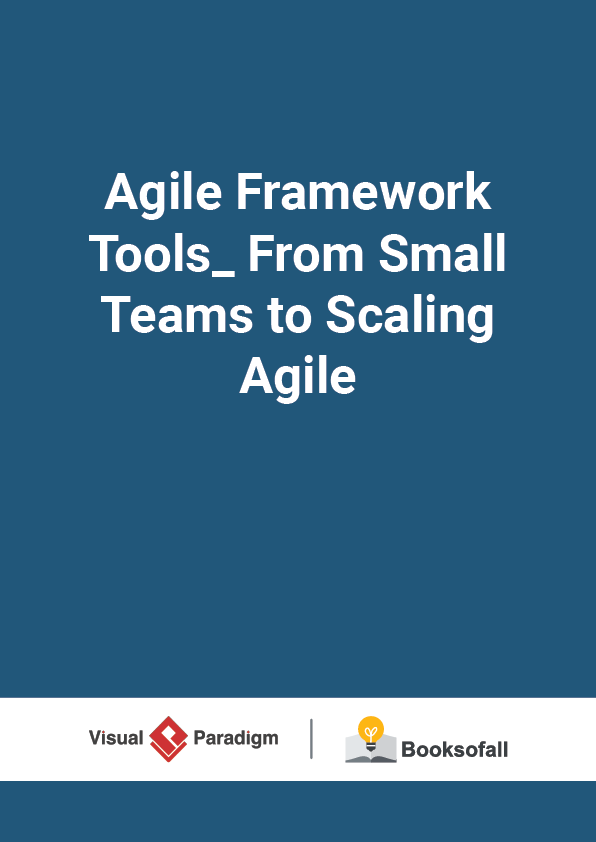

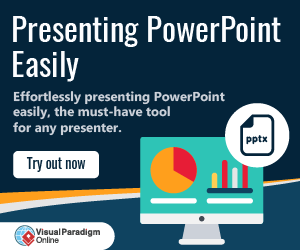
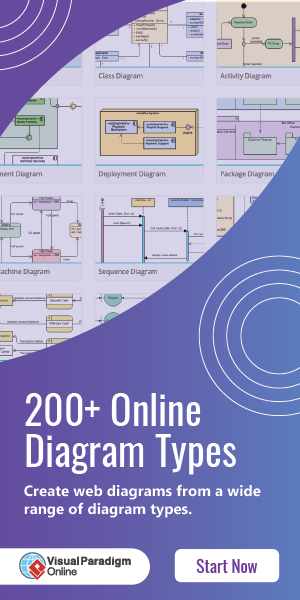

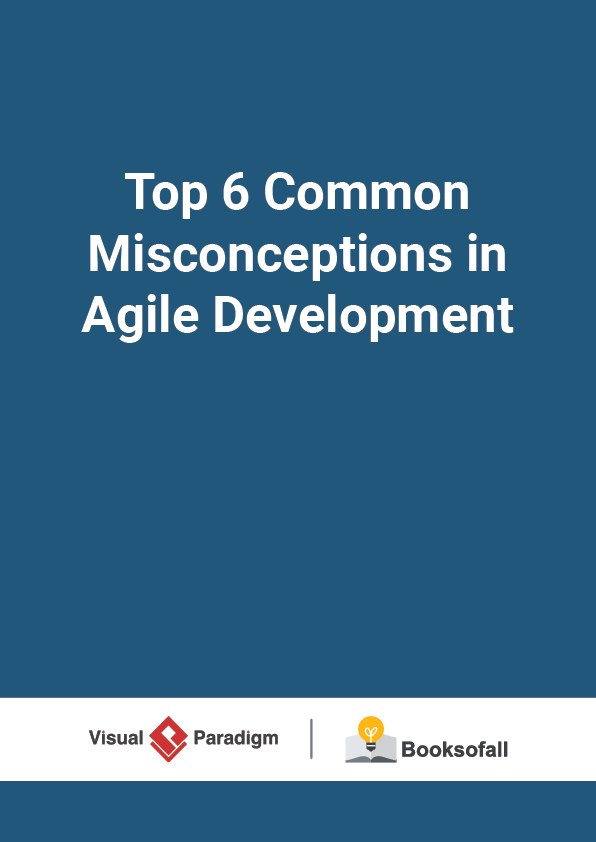
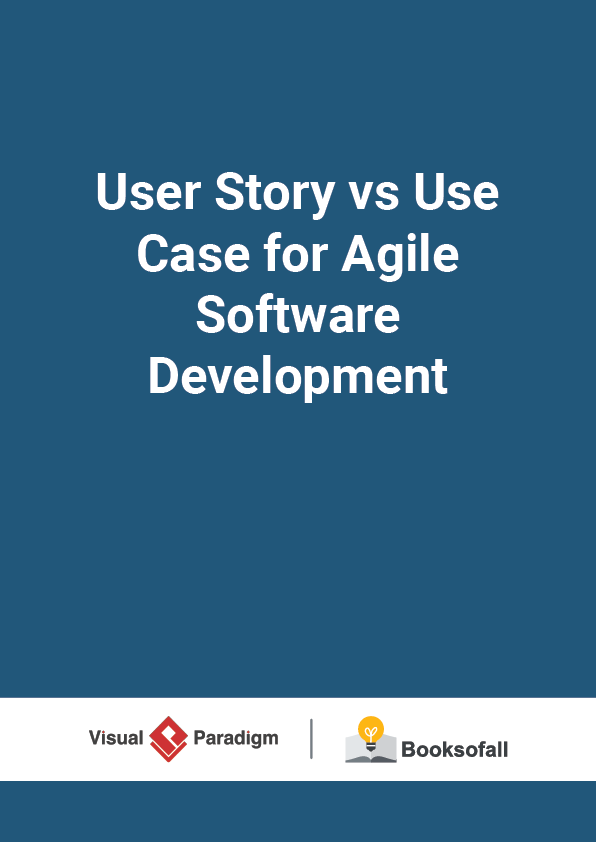
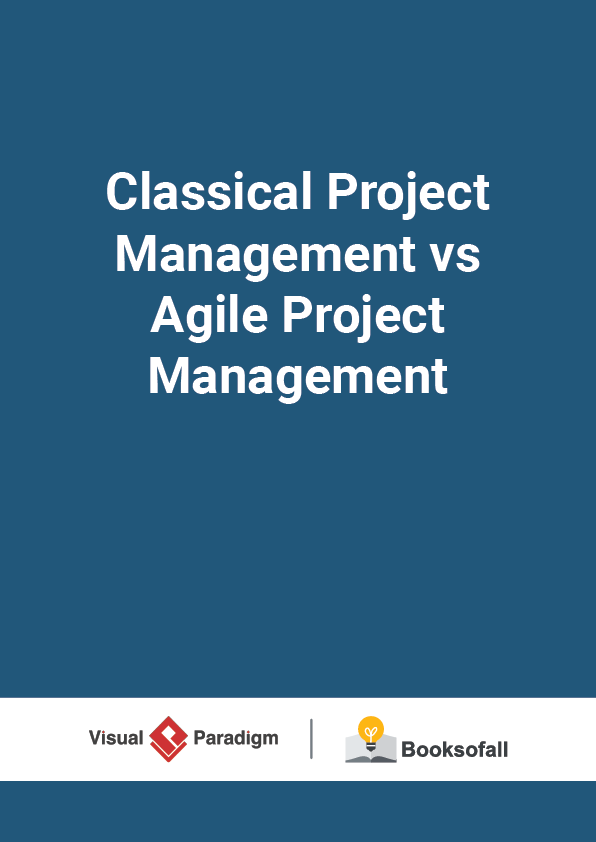
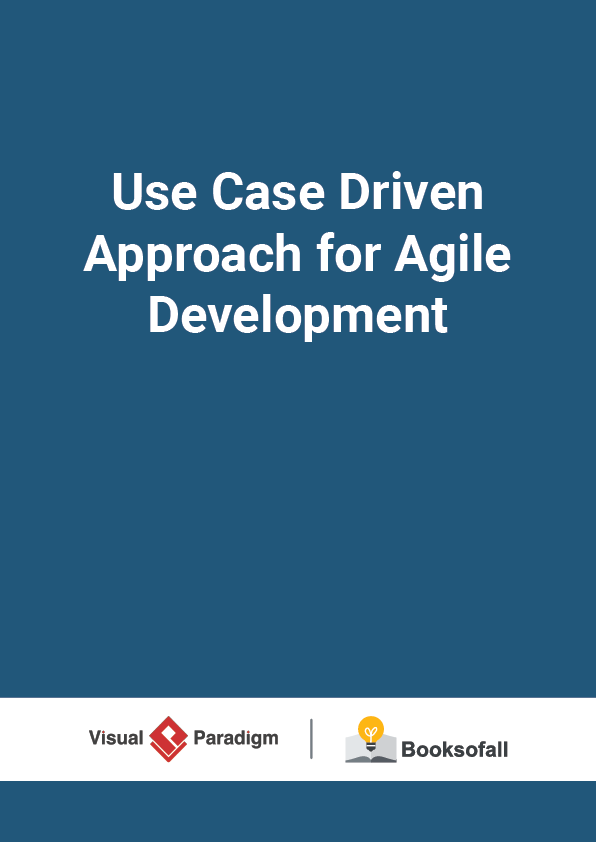
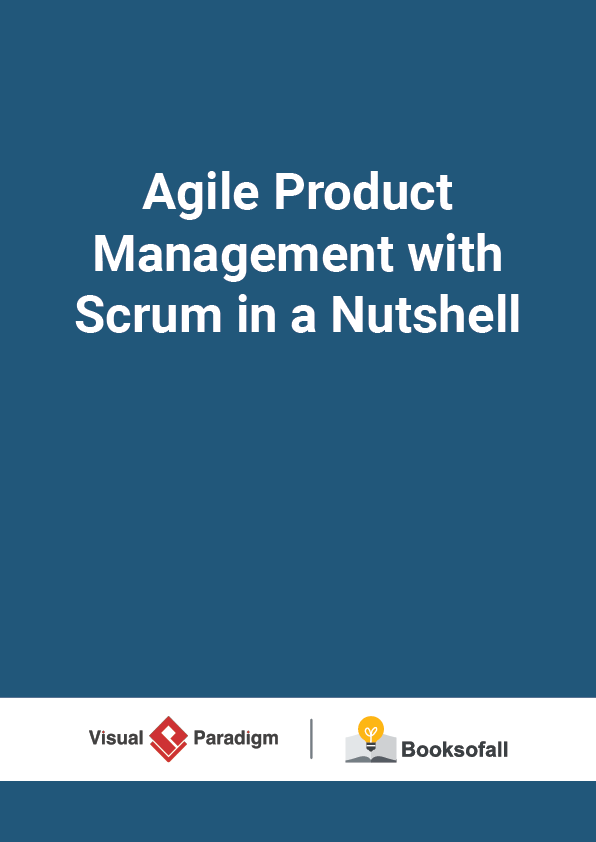
![What is Agile Software Development_ [Quick Guide]](https://www.booksofall.com/wp-content/uploads/2022/05/What-is-Agile-Software-Development_-Quick-Guide-01.png)
